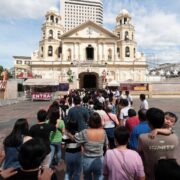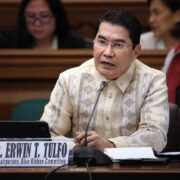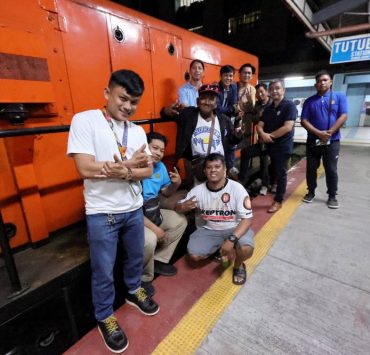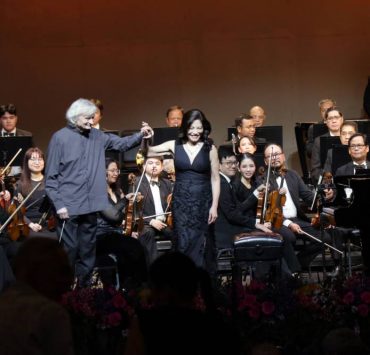Boljoon pulpit panels donation to Nat’l Museum sparks outcry
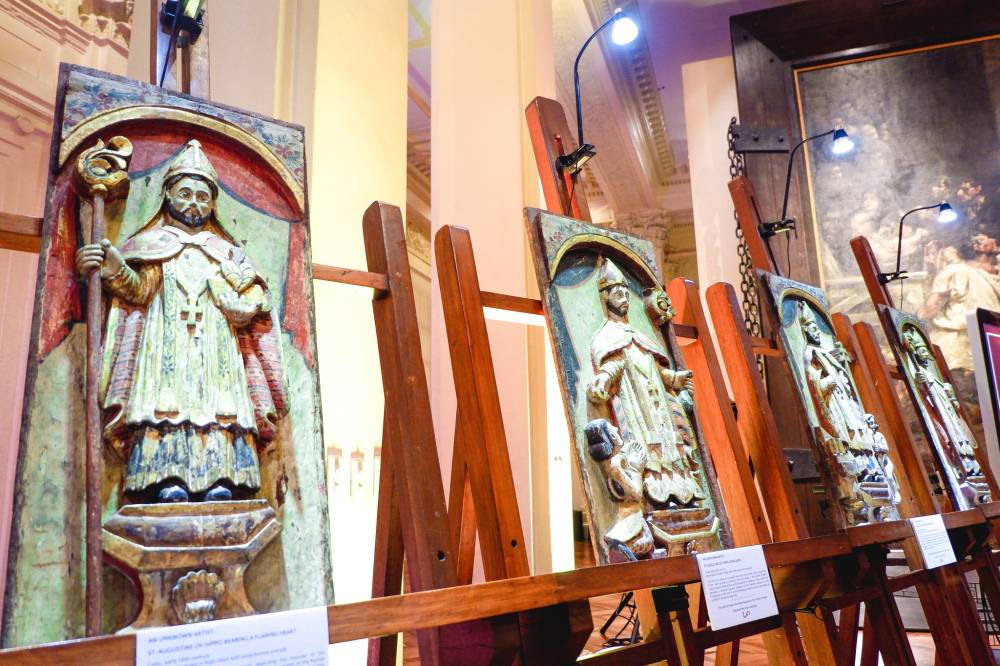
In light of the ongoing controversy over the donation of four pulpit panels to the National Museum of the Philippines and the subsequent calls for their return to the Patrocinio de Maria Church in Boljoon, Cebu, Canon lawyer Fr. Milan Ted Torralba of the Catholic Bishops’ Conference of the Philippines (CBCP)-Episcopal Commission for the Cultural Heritage of the Church was asked to shed light on what these “lost” church objects mean to the Church and the preservation of its cultural heritage.
Fr. Torralba, a church heritage scholar, is also an associate judge of the Tribunal of First Instance and the chair of the Commission for the Cultural Heritage of the Church of the Diocese of Tagbilaran.
Divided into two books, The Code of Canon Law is a set of decrees and ordinances, the internal ecclesiastical law, that regulate the activities of the Catholic Church.
In relation to the loss of religious objects, the law would refer to valuable items in terms of age, history, artistic merit and materials used.
Following Vatican II in 1963, many church objects in various churches in the country were lost, either stolen, sold, neglected or replaced.
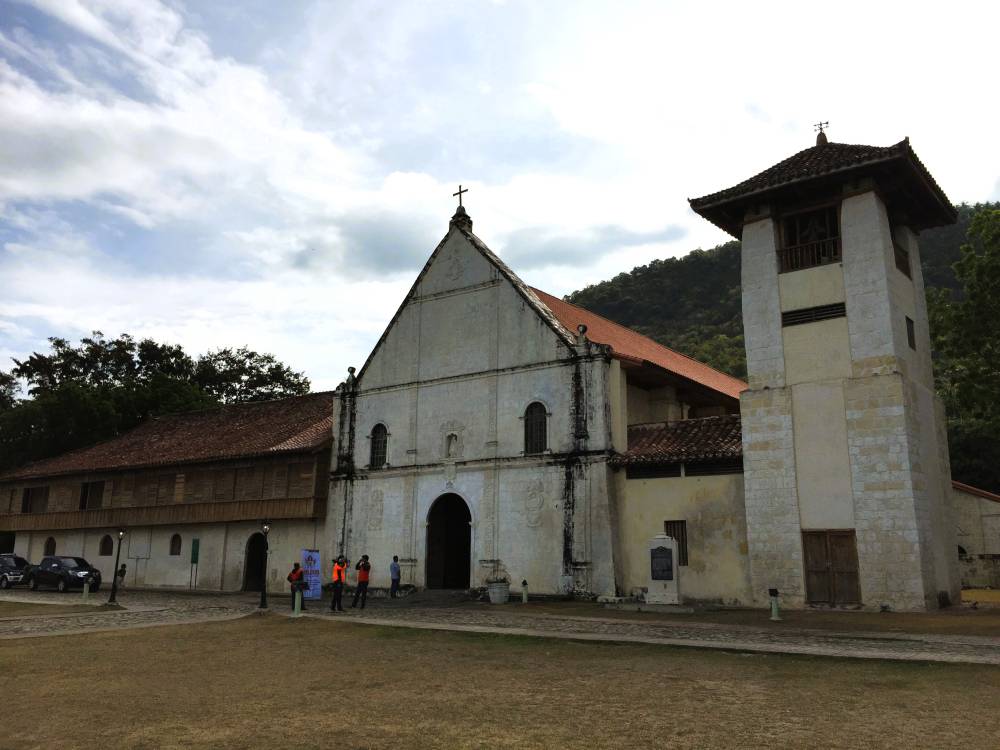
He added that “when the Constitution on the Sacred Liturgy—Sacrosanctum Concilium—was issued in December 1963, many clerics, both bishops and priests, believed it to be the license to alter or modify almost everything related to the liturgy in the spirit of ‘legitimate progress’ and experimentation while attempting to retain sound tradition.”
Also, the result of that misunderstanding is the “out-with-the-old-and-in-with-the-new mentality” which caused the loss of church antiquities through sale, neglect or theft and the removal of the protective palitada on church walls, whitewashing of murals, removal and replacement of the retablos, and the alteration of church sanctuaries.
Fr. Torralba said these were seen as “vestiges of the ancient regime” even if the same document warned against losing these and called for their preservation.
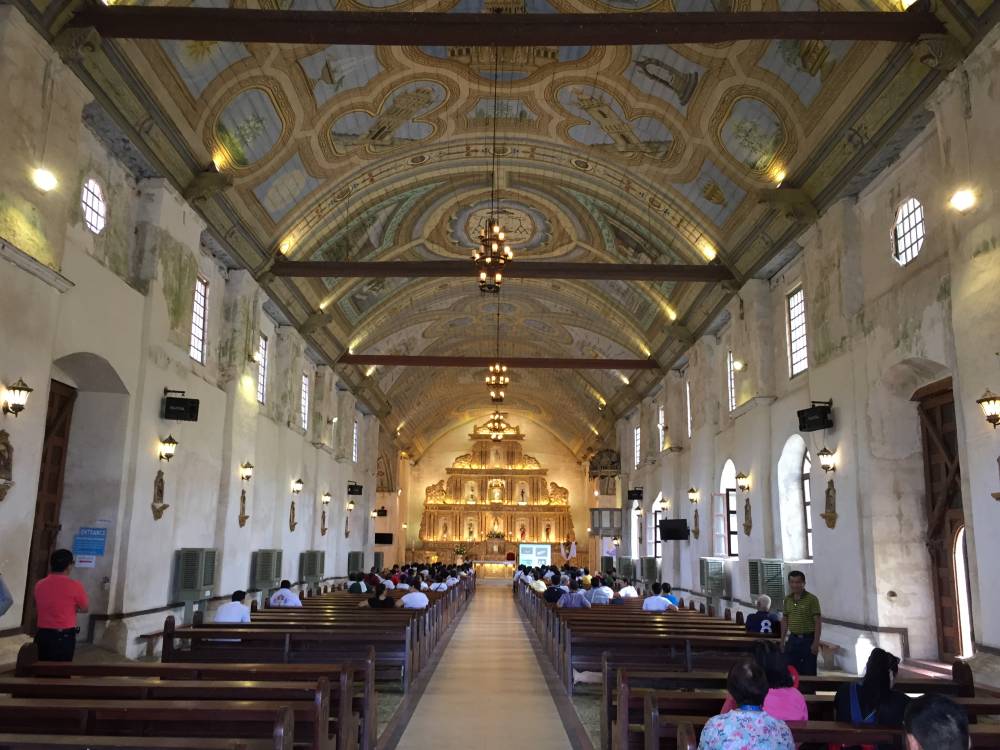
On Boljoon
He said that more than seven years ago, the Sacred Congregation for the Clergy issued the circular letter, Opera Artis, on the protection of church cultural and artistic heritage. The document lamented the “so much unlawful transferal of ownership” of these heritage objects.
The Boljoon case is one of such cases in the country, said Fr. Torralba, who pointed out the unlawful dispersal of important church objects is prohibited by Canon Law like the items mentioned in the said circular, particularly numbers two and six, which state that “works of art from the past are always and everywhere to be preserved so that they may lend their noble service to divine worship and their help to the people’s active participation in the liturgy.”
In addition, “should it become necessary to adapt works of art and the treasures of the past to the new liturgical laws, bishops are to take care that the need is genuine and that no harm comes to the work of art.”
When church objects are no longer suitable for their divine uses, these should not be used for nonreligious purposes and should be displayed in diocesan or interdiocesan museums.
These important objects, said Fr. Torralba, should be disposed of with permission from the Holy See. When done so without permission, the “penalties continue to apply to those transferring ownership [and] such persons cannot be absolved until they have made restitution for the losses incurred.”
The alienation, through sale, donation or exchange, of precious church objects is regulated by the 1983 Code of Canon Law (Can. 1292, s2) and a valid alienation is not disallowed.
For a valid alienation to push through, apart from the ultimate approval of the Holy See, the approval of a “competent ecclesiastical authority” like the diocesan bishop is also needed, but he needs to have the consent of the finance council, the college of consultors and the parish priest where the object is located.
“The absence of these stopgap or check-and-balance measures renders the transaction invalid,” said Fr. Torralba.
“In this case, a cultural property or properties of the Church, e.g., the Boljoon church pulpit panels possessing artistic, historical or religious significance, may have been invalidly alienated, i.e., the transferal of ownership of properties was allegedly made through illicit sale (others would say the panels were stolen) allegedly by the parish’s former parish priest now deceased, [but is now] a case of water under the bridge,” as the alleged offender has already passed away.
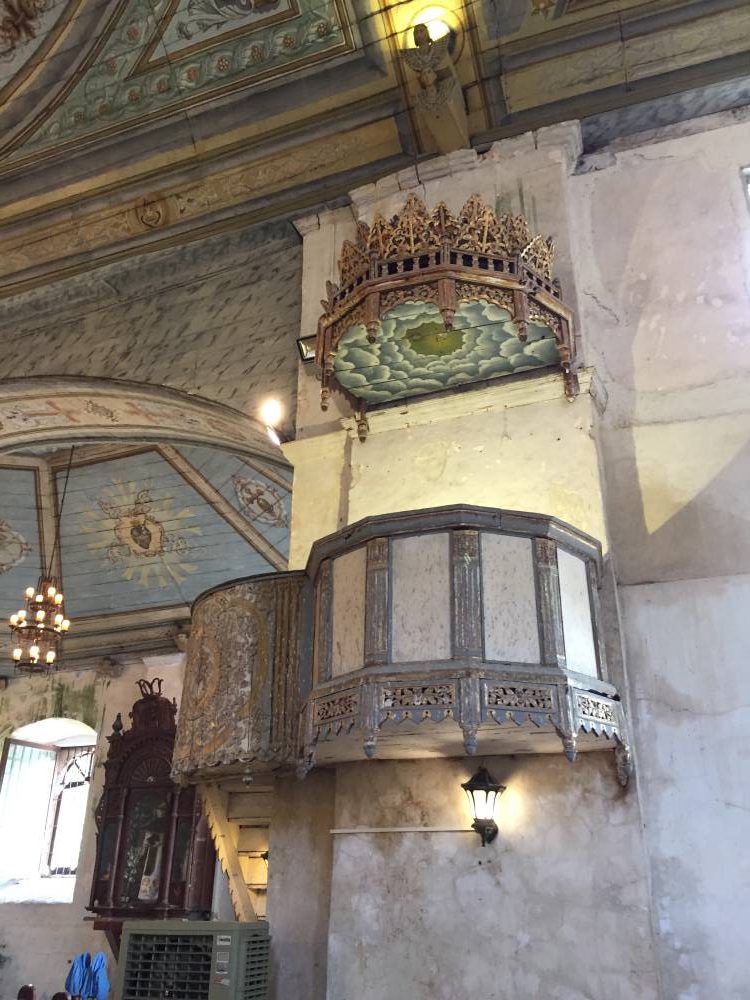
Penalties
Violators of the unlawful alienation of church property are punishable under the revised Penal Law of the 1983 Code of Canon Law.
Canon 1376, S1 no. 2 mentions that to be punished is “a person who without the prescribed consultation, consent, or permission or without another requirement imposed by law for validity or for lawfulness, alienates ecclesiastical goods or carries out an act of administration over them.”
The punishments are mentioned in Canon 1336, S2-4.
These include among others, paying a fine; prohibition from residing in a particular place or territory; muted ministerial duties or functions; and order not to wear ecclesiastical or religious dress.
An offender may also be deprived “of all or some offices, duties, ministries or functions, or only of certain functions attaching to offices or duties, of the faculty of hearing confessions or of preaching, of a delegated power of governance, of some right or privilege or insignia or title, and of all ecclesiastical remuneration or part of it.”
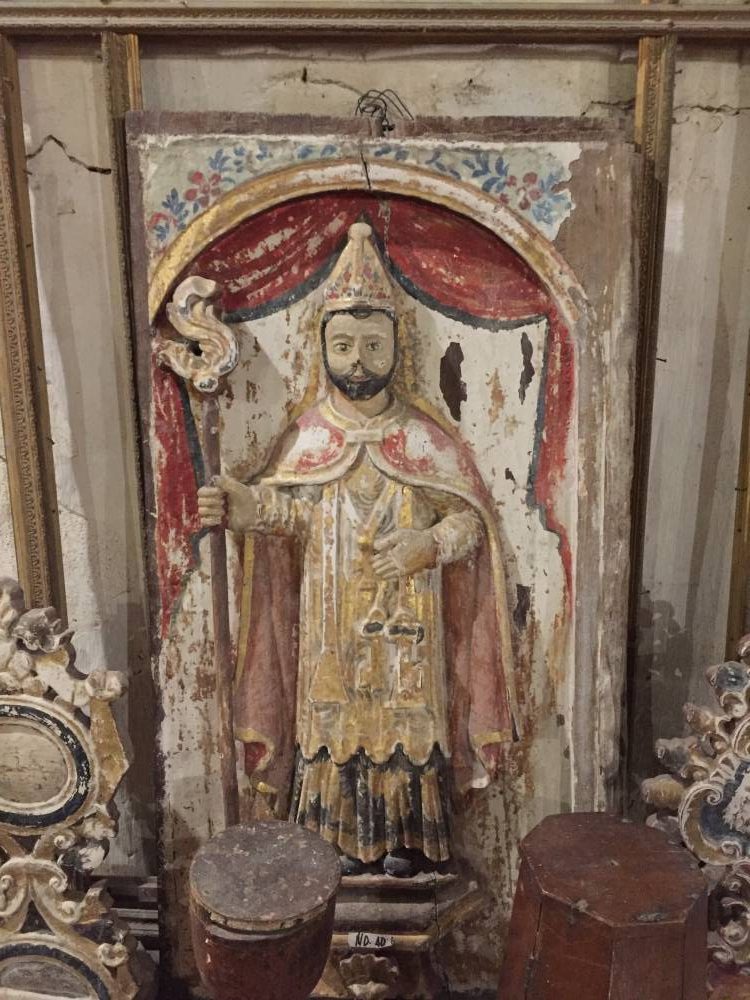
Agreement
With all these controversies, there is an existing agreement between the Philippines and the Holy See on the care of the cultural heritage of the church, apart from Philippine laws that protect Filipino heritage in general.
“The said international agreement, six articles in all, is articulated in and by the national agreement between the CBCP and the National Commission for Culture and the Arts,” he said.
According to the agreement signed in Manila on April 7, 2007, the applicable provision on the issue at hand is Article 4.3, which states that the “parties shall also provide assistance in retrieving lost and/or unlawfully taken cultural properties of the Church.”
“This provision is carried verbatim in the draft Implementing Rules and Regulations of the said agreement, except for its section numbering,” said Fr. Torralba.
However, “how this can be enforced remains to be seen,” he added.
The contested objects are the four of six pulpit panels that date back to the 19th century. Of these six, one is missing and one is displayed at the Boljoon church museum.
These panels, which feature images of San Agustin, are among the Boljoon church objects that went missing in the 1980s.
The Boljoon church and local authorities and residents as well as the Department of Tourism, Archdiocese of Cebu, the Order of Saint Augustine-Province of Santo Niño de Cebu and the Cebu provincial government have called for their return.
The panels were donated to the National Museum of the Philippines (NMP) by private collectors on Feb. 13.
Six days after the donation, the NMP released a statement saying it is willing to “share” the panels with Cebu.
“It is noteworthy to emphasize that our donors procured these specific panels through legitimate means, highlighting their commitment to ethical acquisition,” it said.
“Moreover, the donors’ decision to acquire these artifacts and donate to the Philippines reflects their dedication to preserving cultural heritage and promoting patriotism,” it added. “We extend our assurance to Gov. Gwen Garcia, Mayor Jojie Derama, Archbishop Jose Palma and the community of Boljoon that the NMP is eager to engage in constructive dialogue and exchange of technical assistance to facilitate sharing the four panels with the people of Cebu as soon as possible.” —CONTRIBUTED INQ



